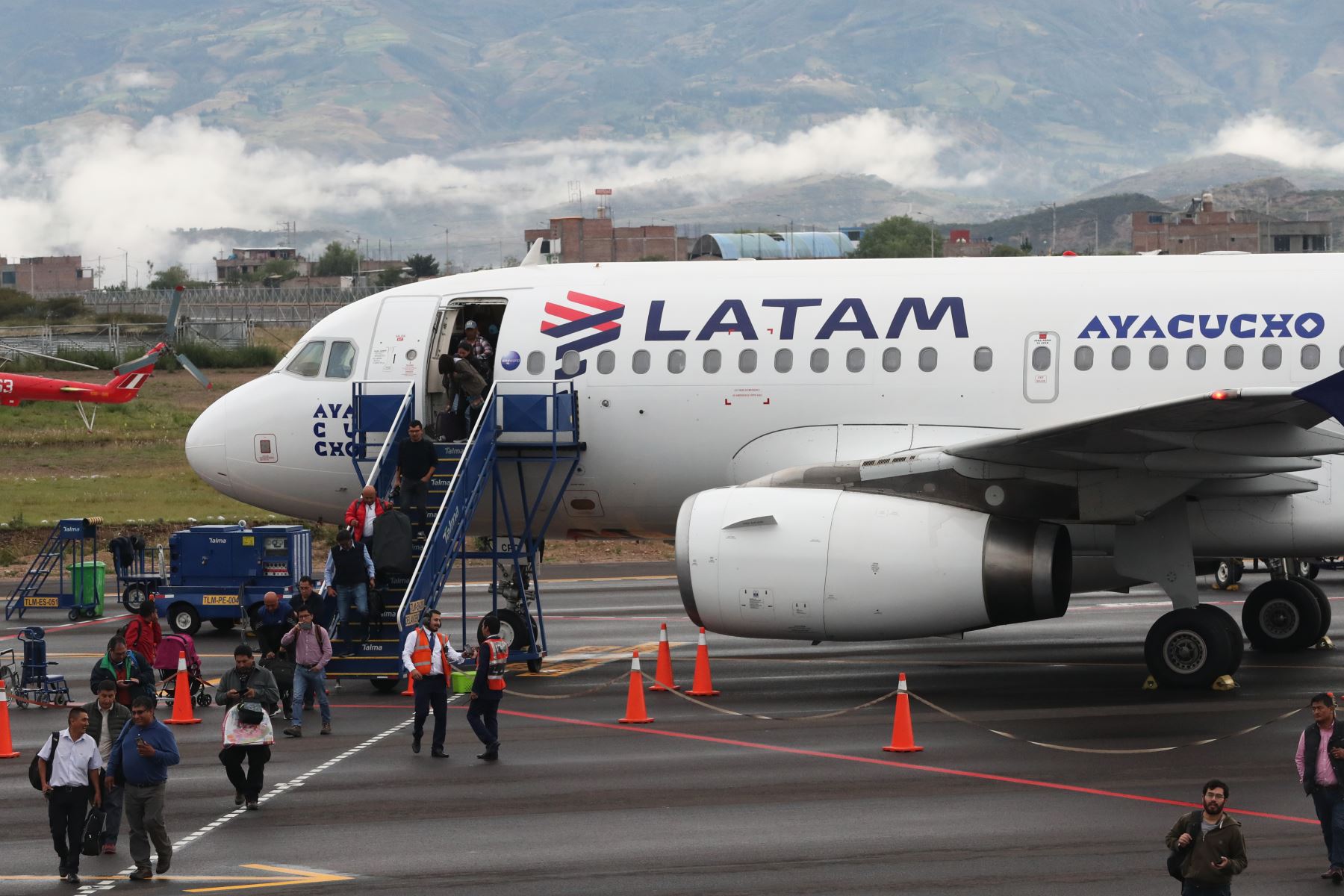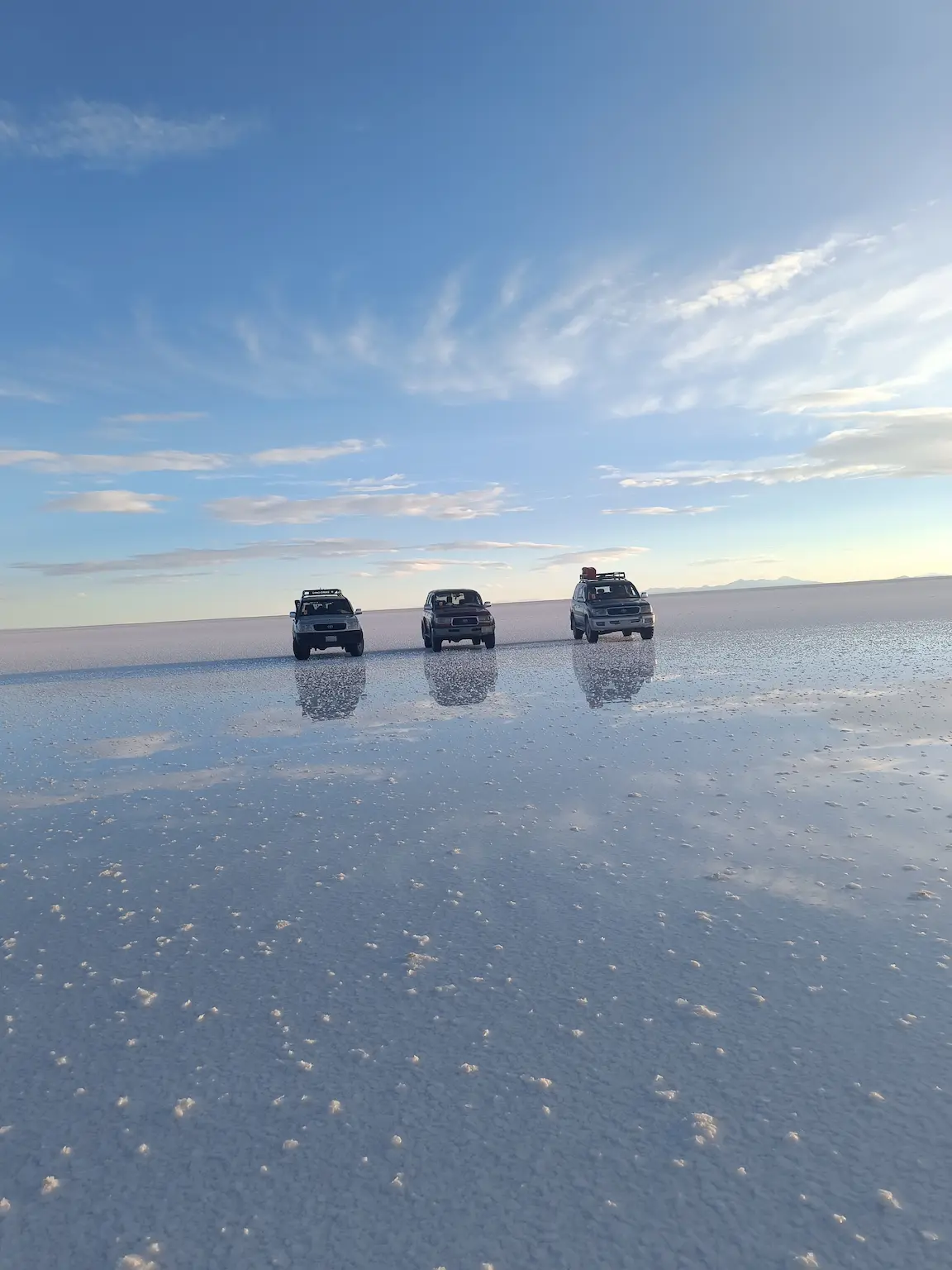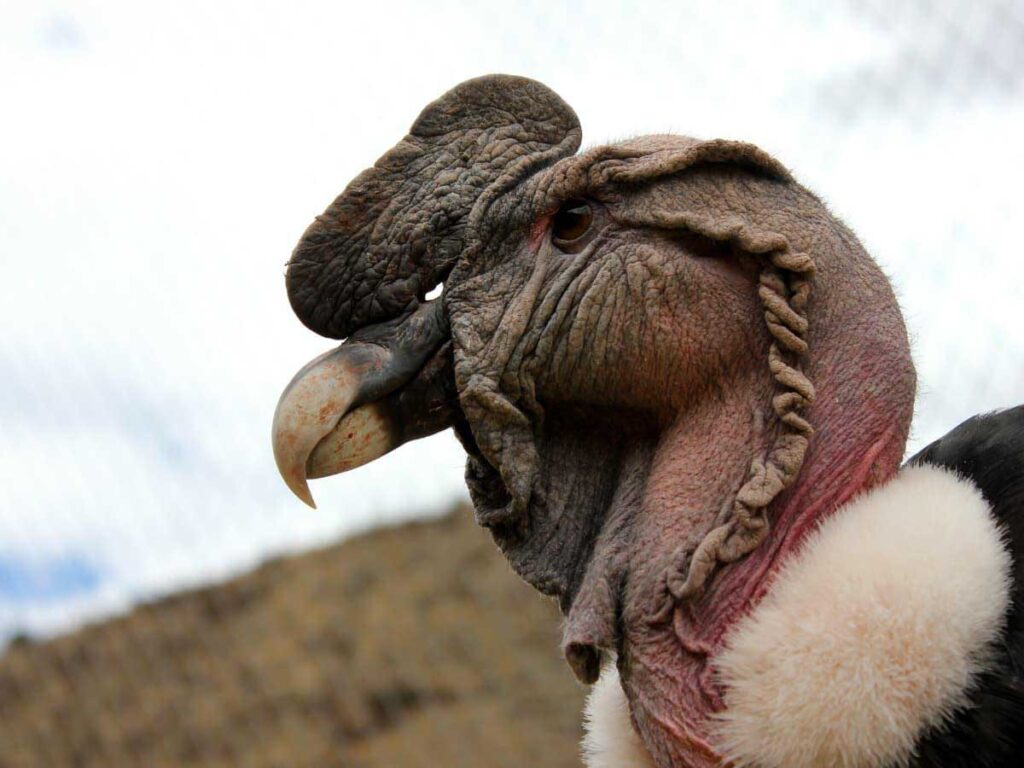
The Andean condor bird (Vultur gryphus, andean condor) is the largest flying bird in Peru and one of the largest in the world. It is predominantly black, with white feathers around the neck and on parts of the wings. The head is featherless and red.
Since ancient times it has been an important animal in the mythology and traditions of the Andean world, for example, for the Incas, who considered it immortal and the representation of the Jananpacha, the land from above, from heaven and from the future.
The condor not only lives in Perú, it also lives in Ecuador, Colombia, Bolivia, Chile, among other countries.
RELATED: WHAT DOES THE CONDOR REPRESENT FOR INCAS?
10 facts about the Andean condor bird:
- His name in Quechua is kuntur and the Incas believed that he was immortal. It represented the Jananpacha, the land above, the sky and the future.
- The distance between the tips of its spread wings (about 3.3 meters) represents the largest wingspan of a land bird.
- They are monogamous and the two parents hatch the egg. Their young remain with parents for up to 2 years before facing the world alone.
- At certain times of the year (in October in Peru), they fly from the tops of the Andes to the Pacific coast to eat the carrion of dead sea lions.
- It is one of the only predators that can break the hard skin of guanacos with its beak.
- It matures sexually late (minimum at 5 years, with some reports of the first calf at 11 years old), and they only have one calf every 2-3 years. This makes them very vulnerable to threats.
- It is part of the Cathartidae family, which comes from the Greek kathartes which means “he who cleans”.
- It flies thanks to the thermal sight, which helps you see the carrion from very high and reach it without wasting energy.
- Males have a white collar and a crest that differentiates them from females.
- It is found in four national shields, where it represents different values: Bolivia (search for a limitless horizon), Chile (strength), Colombia (freedom and order), and Ecuador (power, greatness and value).
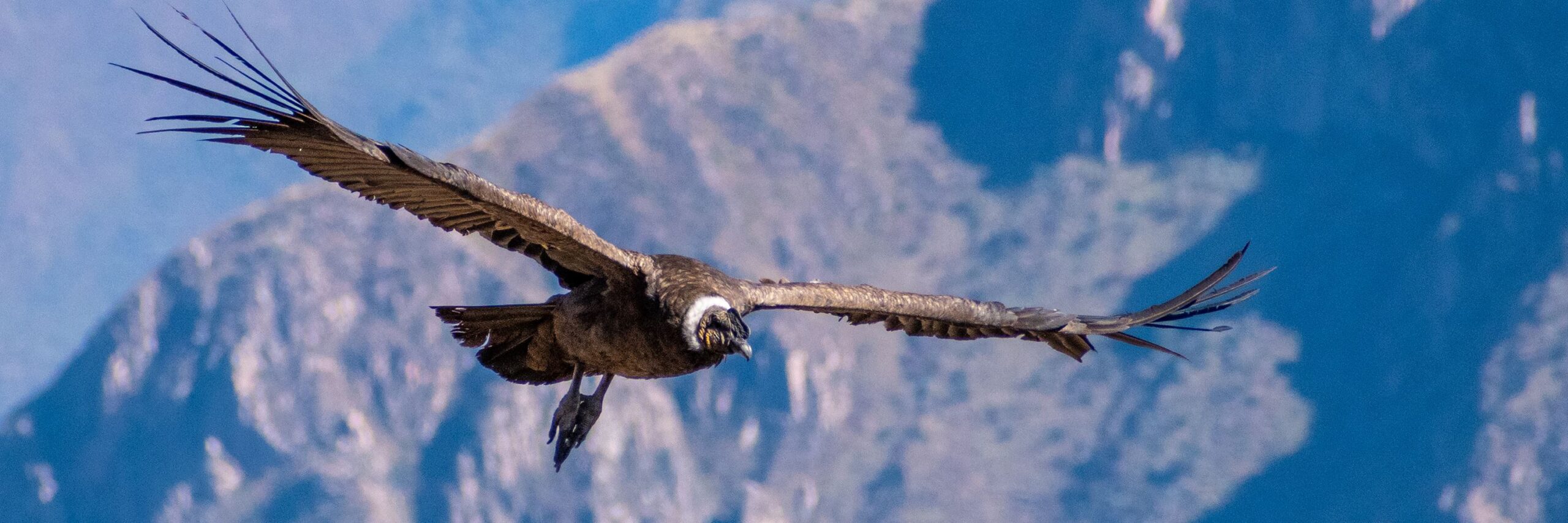
A majestic bird
The Andean condor bird is the largest bird in the world. Its habitat ranges from the coast to the highest parts of the Andes. It can fly great heights and easily reaches 7000 masl.
As for its appearance, it is usually black, but it is distinguished by its characteristic white necklace. His head always looks bald.
For specialists, such as the Wildlife Conservation Society (WCS), the Andean condor plays an important ecological role as a scavenger because it accelerates the decomposition process of dead animals, thus reducing the risk of diseases associated with slow rotting animals.
The contribution of this species also stands out for its great sense of smell, an unusual characteristic in birds. It can live more than 50 years in freedom and up to 80 in captivity. It measures around 142 cm in height and reaches 330 cm in wingspan.

RELATED: HOW MANY SPECIES OF HUMMINGBIRDS ARE IN PERU?
Characteristics of the Andean condor bird
The condor animal has a weight of 11 to 15 kilograms for males and 8 to 11 for females. Its size is 142 centimeters in height and 330 centimeters in wingspan (with its wings open).
As you have read, it is a very large black bird with white feathers around the neck and in some parts of the wings. The skin of the head has a reddish color, its beak has a hook termination and its edges are sharp.
The male Andean condor has a crest and folds on its face and neck that increase over time.
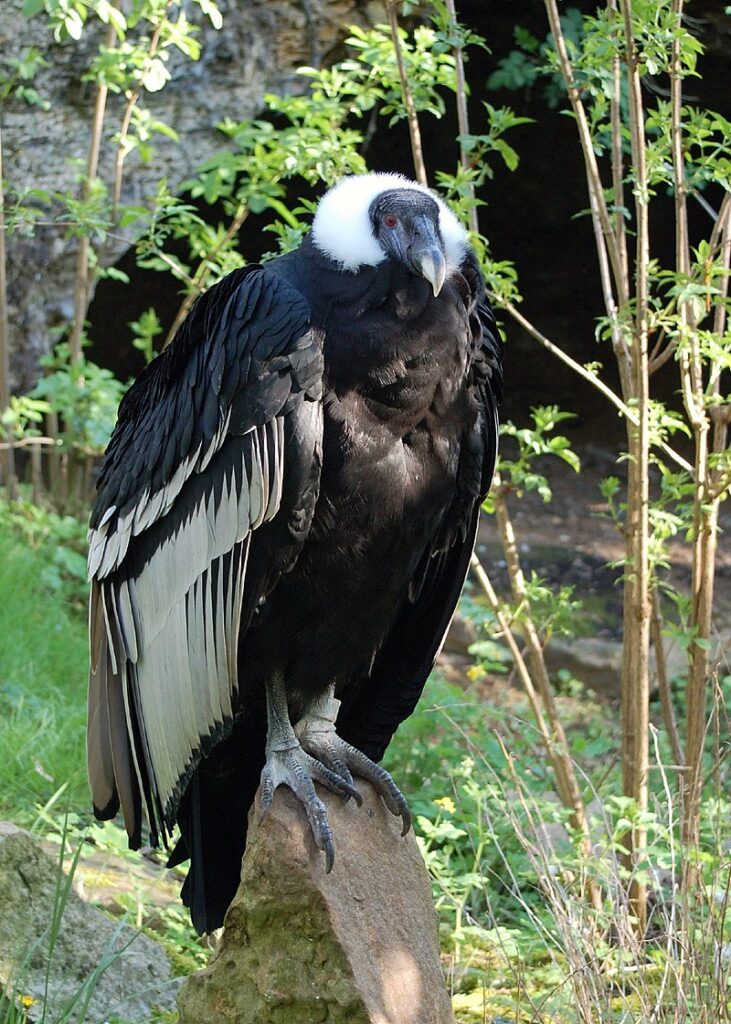
The females of this species do not have the crest but they do have the folds.
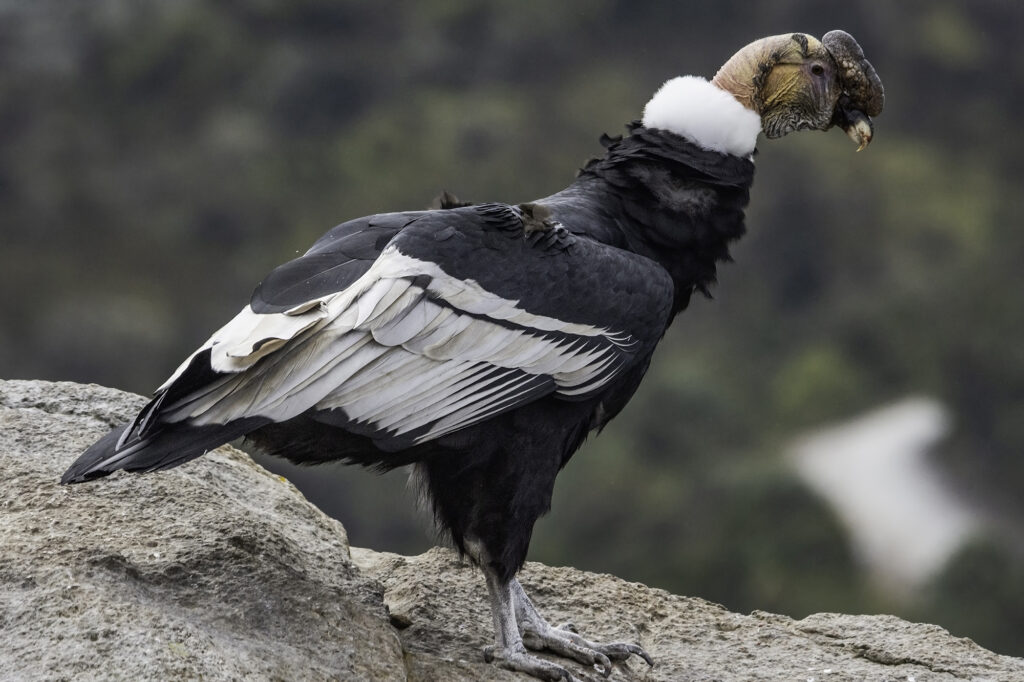
The condor animal stands out for its elegant flight and its long planes. Due to being a very heavy bird, it uses the air currents that occur in the mountains. This means that it can be in the air for a long time, for this reason it can sometimes be seen in areas of the Atlantic and Pacific Ocean, since the condor takes advantage of the strong air currents of the sea.
Andean condor feeding
Their diet is mainly based on dead animals. In certain occasions it can get to hunt small animals. Thanks to its long flight, the condor can travel long distances in scarce time to search for food.
The condor can detect its food by the smell of gas emanating from the decomposition of a carcass.
Habitat of the Condor Animal
Its distribution range narrows across the Andes from the north in Colombia to the southern tip of Chilean and Argentine Patagonia, passing through Peru, Ecuador and Bolivia.
This condor animal lives in high altitude areas such as the Colca Valley (1,131 kilometers southeast of Lima), in Arequipa; although it has also been seen in some places on the coast. The condor is associated with Andean culture and mythology. Due to this and other factors it is in danger of extinction.
The habitat of the condor covers the entire Andean region, in Peru populations can be seen in Arequipa, Cusco, Apurímac, Lima, Junín, Huancavelica, among other regions. There are joint efforts, public and private, for the conservation of this species.
Where to see?
In order to appreciate the condor in Perú in its natural habitat, we must move to rocks between 1,000 to 5,500 meters above sea level, which is where they build their nests and hatch their young.
In Perú, one of the most famous and preferred canyons to appreciate the overflight of the condor is located in the city of Arequipa in the Colca Canyon (how to get there), this canyon is one of the deepest in the world and for this reason it is Perfect place for the nest of hundreds of condors that every day go out in search of food to feed their young.
Another place that is slowly gaining its place for the observation of the Condor flyby, is the Apurimac Canyon in the Chonta sector in the city of Cusco. From this point you can see the birds and at the moment it is not as crowded as its counterpart in Arequipa.
If you visit Perú is a great opportunity to see a condor flying and also visit Machu Picchu hiking the 4 day Inca Trail Tour, 2 day Inca Trail, Machu Picchu 3 day hike, 2 day Inca Trail with camping, One day Inca Trail, Choquequirao to Machu Picchu Trek or the Lares Trek to Machu Picchu. And also, you can visit Choquequirao, know as the sister of Machu Picchu through the Choquequirao Trek 5 Days or the Choquequirao Trek 4 Days.
What is the best time to see it?
The Condor flyby is throughout the year; However, the best time to appreciate this show is in the “dry season” given the low presence of rain, since condors to go hunting or search for dead animals – since they are scavenger birds – need a favorable climate and currents of hot air that can help them take flight given their size.
The dry season in Peru specifically in Arequipa (City Tour Arequipa) and Cusco (City Tour Cusco) is between the months of May to October that would be the best months to visit the places where this imposing bird can be seen in its natural habitat.
You can not miss the opportunity to appreciate this impressive spectacle of the largest bird in the world!
In danger of extinction
In Perú, the Andean condor is a species classified as Endangered, according to Supreme Decree No. 004-2014-MINAGRI and which is protected by the Peruvian State. At the international level, it is protected by the Convention on International Trade in Endangered Species of Wild Fauna and Flora (Cites) and by the Convention for the Conservation of Migratory Species, of which Peru is a party.
The main causes of the reduction of the population of this species are illegal hunting and capture for the use of specimens in traditional festivals and the commercialization of their feathers and parts; the intoxication and poisoning to which they are subjected by the false belief that they hunt cattle; as well as the decrease in the quality of the habitat. Its geographical distribution in Peru covers the regions of Piura, Lambayeque, Áncash, Lima, Ayacucho, Ica, Arequipa, Cusco, Puno, Apurímac, Amazonas, Moquegua.
Peru Famous Animals: Awesome Native Animals of Peru
- Animals Native to Peru
- Machu Picchu Llama or Alpaca
- National bird of Peru
- Where to see Alpacas in Peru
Source:



